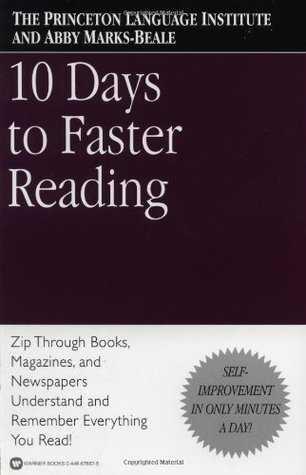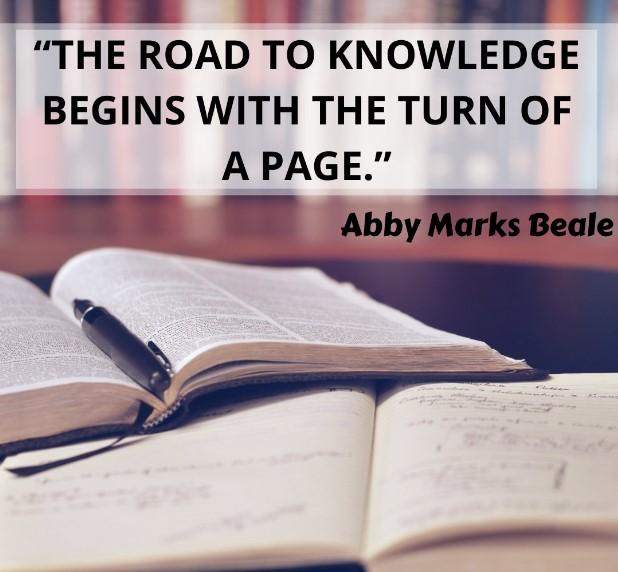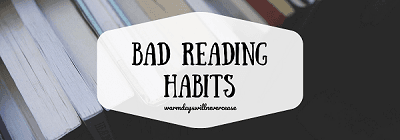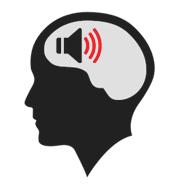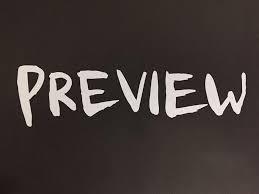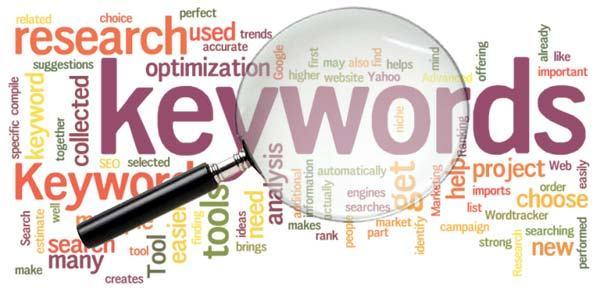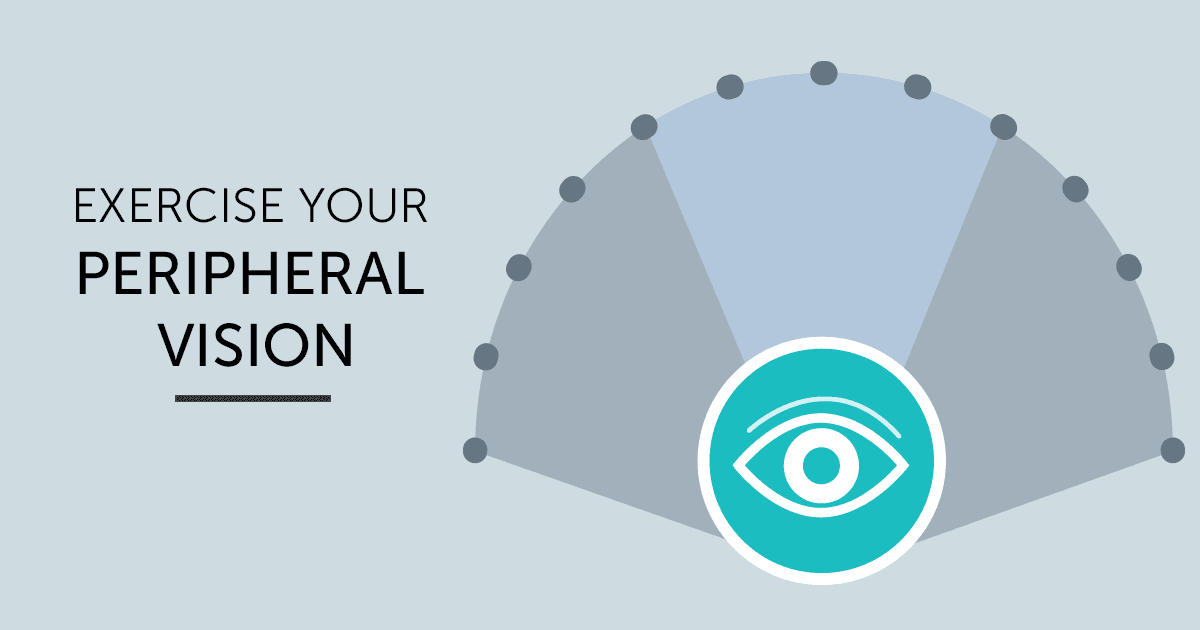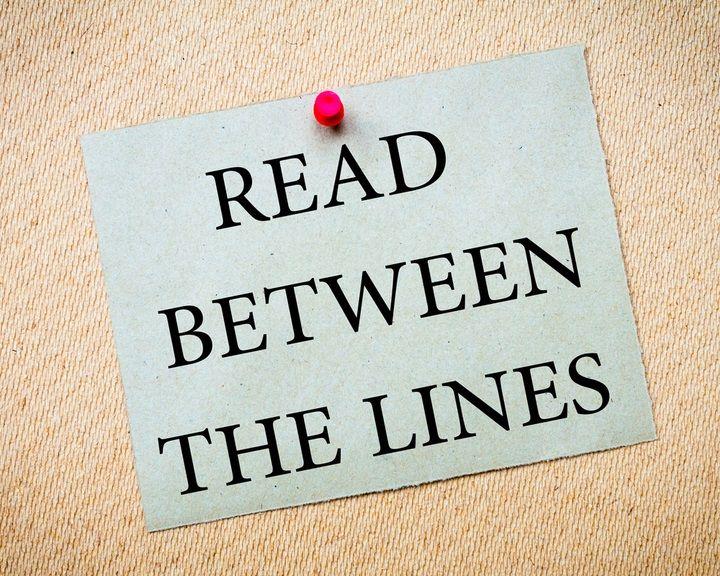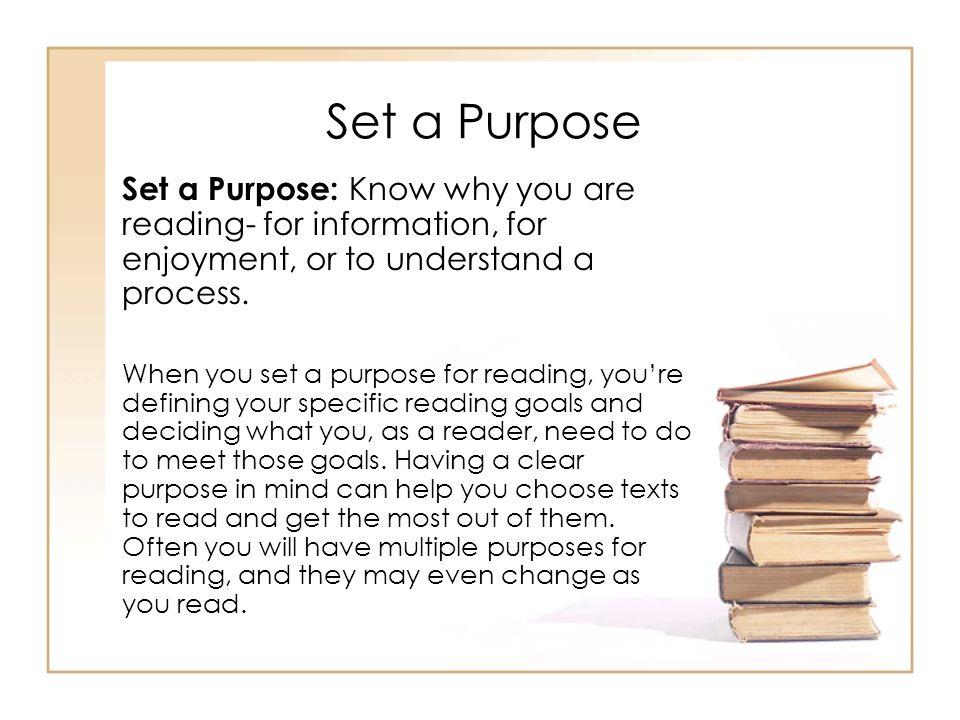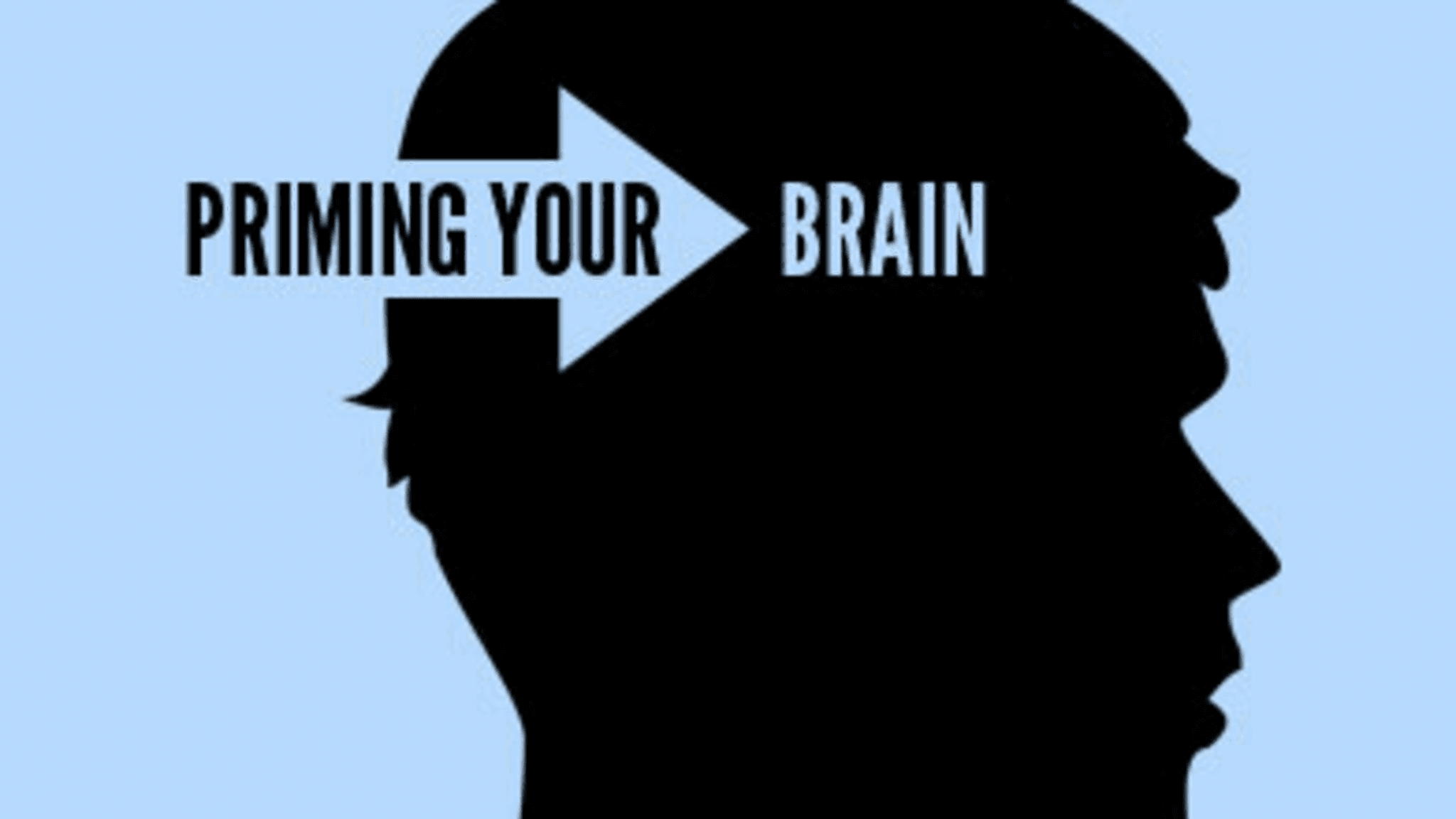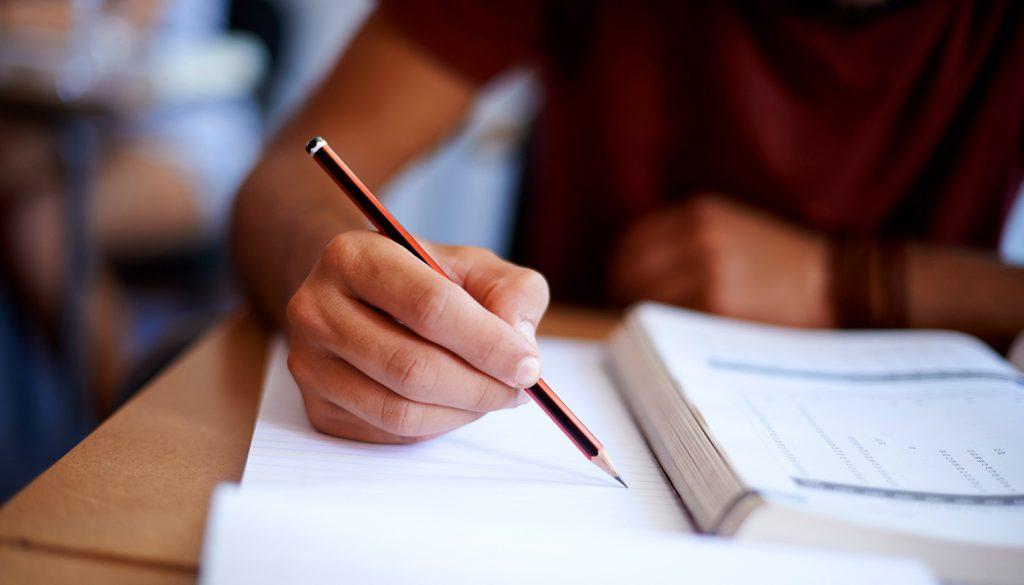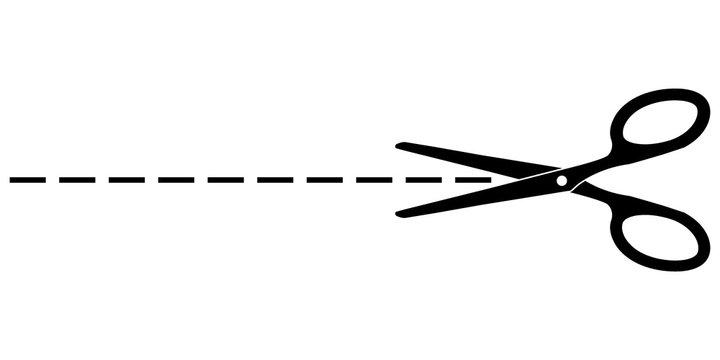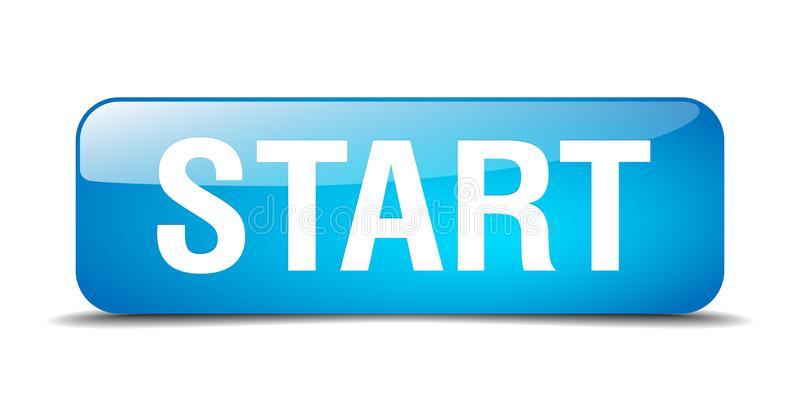K 's Key Ideas from 10 Days to Faster Reading
by The Princeton Language Institute, Abby Marks-Beale
Ideas, facts & insights covering these topics:
25 ideas
·43.3K reads
151
8
Explore the World's Best Ideas
Join today and uncover 100+ curated journeys from 50+ topics. Unlock access to our mobile app with extensive features.
Take the Pressure Off
Marks-Beale starts 10 Days to Faster Reading by highlighting the importance of starting your reading journey by taking pressure off yourself. A common worry is feeling you have too much to read in too little time. Marks-Beale believes the problem is not that you do not have enough time. The problem is actually the pressure and expectations that people often place on reading.
331
2.92K reads
The author states you can tackle these unhelpful expectations through three steps:
- Remind yourself that you do not have to read everything in a book to understand it. As it is impossible to read everything you want in your available time, you should prioritize. Get into the habit of previewing material and identifying the topics and areas that interest you.
352
2.92K reads
2. You don’t need to remember everything you read. You can still learn lots of information without remembering every anecdote and idea introduced. School forces us to believe we need to remember every detail because we were revising for exams. Outside of exams, you do not need to remember the details. So, if you want to re-read the important details, you can just write down these details and file them away. This means you have no pressure to remember as you can revisit these details.
349
2.54K reads
3. Reading during work hours is fine. Many people leave reading for their personal time and this means they have insufficient time to read enough. Reading relevant materials while at work will offer opportunities to improve your life inside and outside of the workplace.
These three steps should help take the pressure off your reading experience. This choice alone will improve your opportunities to read more efficiently.
333
2.36K reads
Remove Your Bad Reading Habits
As well as following the three steps to take the pressure off, removing bad habits will also prepare you for more efficient reading. Marks-Beale starts by outlining what she means by a habit. A habit is something done enough times it has become second nature. Although habits can have a positive impact, they can also negatively affect your reading.
318
2.22K reads
Passive Daydreaming
The first bad reading habit that Marks-Beale introduces is passive daydreaming. This habit involves thinking about other topics while you are reading. To remove this habit, you should replace it with active mind wandering. This type of thought process involves connecting the information from your reading material with your own experiences. It is acceptable to let your mind go down the path of remembering an experience that reminds you of something you have just read in the book.
375
2.12K reads
Regression
Regression involves rereading information you have just read. Regression is often associated with passive daydreaming or simply insufficient concentration. Marks-Beale suggests covering the text you’ve just read to stop this from happening. For example, you could use a business card. Place the business card on the piece of text you have just read. Covering the text gives you time to consider whether you understand what you just read. This time will prevent you from automatically regressing to previously read information.
366
1.91K reads
Subvocalize
Subvocalization is the act of mouthing along to the words you read or verbalizing them in your head. Marks-Beale points out that the brain can process approximately 400 words per minute. That said, when we subvocalize, we are limiting ourselves to our talking speed. This speed is considerably lower at an average of approximately 150 words per minute. To prevent subvocalization, you can focus on the keywords and skip over the rest of the words. You can also chew some gum or hum while reading. These actions prevent subvocalization and help speed up your reading to match their rhythms.
366
1.7K reads
Use the Three-Step Shortcut
Marks-Beale describes three steps you can follow to take advantage of reading shortcuts.
- Have a clear purpose in mind before you read. Choose what to read and what to skip by asking yourself, “Why am I reading this?” You should also ask yourself, Why do I need this information?” If you do not have a good answer to these questions, you shouldn’t be reading that content.
347
1.65K reads
2. Preview all nonfiction material before starting to read. Reading summaries, like this one, before reading the whole book will give you an idea of what the book is about. You can then spot which parts are relevant and interesting to you. You will also find you are rereading less when you read the full book.
3. Learn some speed-reading techniques, like will be spoken about later in this summary.
339
1.53K reads
Only Read the Key Words in Every Sentence
The first speed-reading technique the author recommends is only reading the keywords in a sentence. Our eyes tend to jump around while reading a sentence. This slows our reading speed. It is possible to create a smoother eye movement by only focusing on keywords.
Secondly, stop your eyes on thought groups instead of separate words. This will provide good comprehension while increasing your eye movement speed. Marks-Beale provides an example by using backslashes:
By looking for / thought groups / you force your eyes / to move faster / while maintaining / good comprehension
343
1.39K reads
Finally, improving your peripheral vision will allow you to read without looking at every word. Marks-Beale suggests practicing in your everyday life. For example, quickly glancing at the license plate of the car in front of you during a traffic jam. After this quick glance, see if you can repeat what you saw. You will initially struggle with just using your peripheral vision. But, it will be worth it in the long run.
344
1.46K reads
“In the process of trying to upgrade your skills, you begin working with a new set of strategies. Ironically, instead of getting instantly better, you initially get worse. This is what I call “unlearning to relearn.” However, over time, with perseverance and repetition, your skills improve.”
- ABBY MARKS-BEALE
355
1.46K reads
Read Between the Lines and Use Indenting
The second speed-reading technique is also a way of tackling subvocalization. Marks-Beale recommends “reading between the lines.” This doesn’t mean you are trying to find meaning when it is not clearly stated. The author is talking about the physical space between lines of text. Focusing on the white space just above each line will mean you can only see the top half of the letters. This approach will prevent you from fixating on specific words and force you to identify meaning without getting stuck on any words.
349
1.31K reads
As well as reading between the lines, Marks-Beale also suggests using the indenting method. Again, this uses your peripheral vision. Generally, readers will place their eyes at the beginning of each line. shifting this half an inch inside the left margin. You should also stop reading half an inch from the right margin. This approach is another way of forcing you to use your peripheral vision. The author recommends a simple action to train yourself to read this way. Start by drawing vertical lines roughly half an inch inside both margins and this will show you where to start and stop.
334
1.21K reads
Both these actions challenge what Marks-Beale calls linear reading. She believes that non-linear reading is the key to efficiency. Those who are the most efficient readers use skimming, skipping, referencing and note-taking while they work. They are focused more on extracting information than reading every word. As we generally stop 7 or 8 times per line, cutting out just one of these stops will improve our reading speed by over 10%.
325
1.2K reads
Use Your Finger or a Pen as a Guide to Avoid Regression
The third speed-reading technique is using a pacer. This approach focuses on the importance of eye movement as well. The author notes that our eyes naturally follow the movement. So, using your finger or a pen as a guide will help you read smoothly.
327
1.21K reads
Prime Yourself and Find Your Purpose Before Reading
Marks-Beale’s fourth speed-reading tip should be engaged with before rather than during reading. As with many things, reading can be done more efficiently with preparation. If you set yourself a purpose before reading something, you improve your chances of focusing more on important information. So, take a few minutes before reading to identify why you are reading this content, how it will help you and how you hope to use this information.
330
1.13K reads
Marks-Beale describes purpose-setting as a form of priming. She sees priming as a way of programming your brain to notice certain things. She uses the example of cards. If you are interested in a certain type of car, you will likely start seeing them everywhere you go. This is because you are primed to see those cards and your brain is filtering out the irrelevant cars. The key to efficient reading is harnessing the power of priming. Recognizing the purpose of a book will help filter out irrelevant information and help you focus on what is essential.
333
1.06K reads
You will find your eyes stopping on the parts of the sentence that relate to what you want to read. This is not good luck but effective preparation through purpose-setting and priming. So, start reading by focusing on the table of contents and the index. These parts of the book will help you understand where the text will be going. The author notes that looking at these parts of the book can help you attain approximately 40% of a text’s key information.
319
1.06K reads
Take Notes to Improve Comprehension and Retention
Reading should never be considered a passive activity. You are not passively absorbing information but actively finding relevant information. This means you will often make connections or form ideas while reading. The author suggests writing down these ideas or useful parts of the book when they pop up. Doing so will provide a future reference but also help you improve comprehension and retention.
320
1.05K reads
Apply What You Read to Your Own Life
The final tip provided by Marks-Beale is that you should be applying the information you gain from reading. The best way to do this is to write down actions you need to take after finishing reading the book. For example, after reading this summary, you might draw margins half an inch on either side of the margins on a book you want to read. Ideally, these actions should be directly related to accomplishing one of the goals you had in the purpose-setting step.
317
1K reads
To summarize
Cut out:
- The pressure of reading everything and doing so in your free time.
- Passive daydreaming and losing concentration.
- Regression or rereading information you have already read.
- Mouthing or saying the words in your head as you read them.
369
1.23K reads
Start:
- Preparing by identifying a purpose and reading the contents page and index of the book.
- Only reading the keywords or thought groups
- Reading between the lines to help you use your peripheral vision
- Use a finger or pen to guide your reading to prevent erratic eye movements
- Prime yourself by reading summaries like this, so you notice information when reading the full book
- Take notes to improve comprehension and retention
- Think of ways to apply information to your life
390
1.1K reads
IDEAS CURATED BY
CURATOR'S NOTE
10 Days to Faster Reading, The Complete Idiot’s Guide to Speed-Reading and Success Skills: Strategies for Study and Lifelong Learning argues that speed-reading is not an untrainable talent. Instead, you can significantly improve your speed reading by merely cutting out bad habits, adding some new techniques, and changing your mindset. The simplicity of these techniques makes speed-reading seem less like a superpower and more like a valuable tool easily attainable.
“
K 's ideas are part of this journey:
Learn more about education with this collection
How to synthesize information from multiple books
How to analyze a book
How to set reading goals
Related collections
Discover Key Ideas from Books on Similar Topics
Read & Learn
20x Faster
without
deepstash
with
deepstash
with
deepstash
Personalized microlearning
—
100+ Learning Journeys
—
Access to 200,000+ ideas
—
Access to the mobile app
—
Unlimited idea saving
—
—
Unlimited history
—
—
Unlimited listening to ideas
—
—
Downloading & offline access
—
—
Supercharge your mind with one idea per day
Enter your email and spend 1 minute every day to learn something new.
I agree to receive email updates
